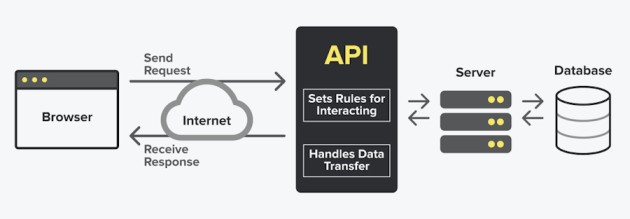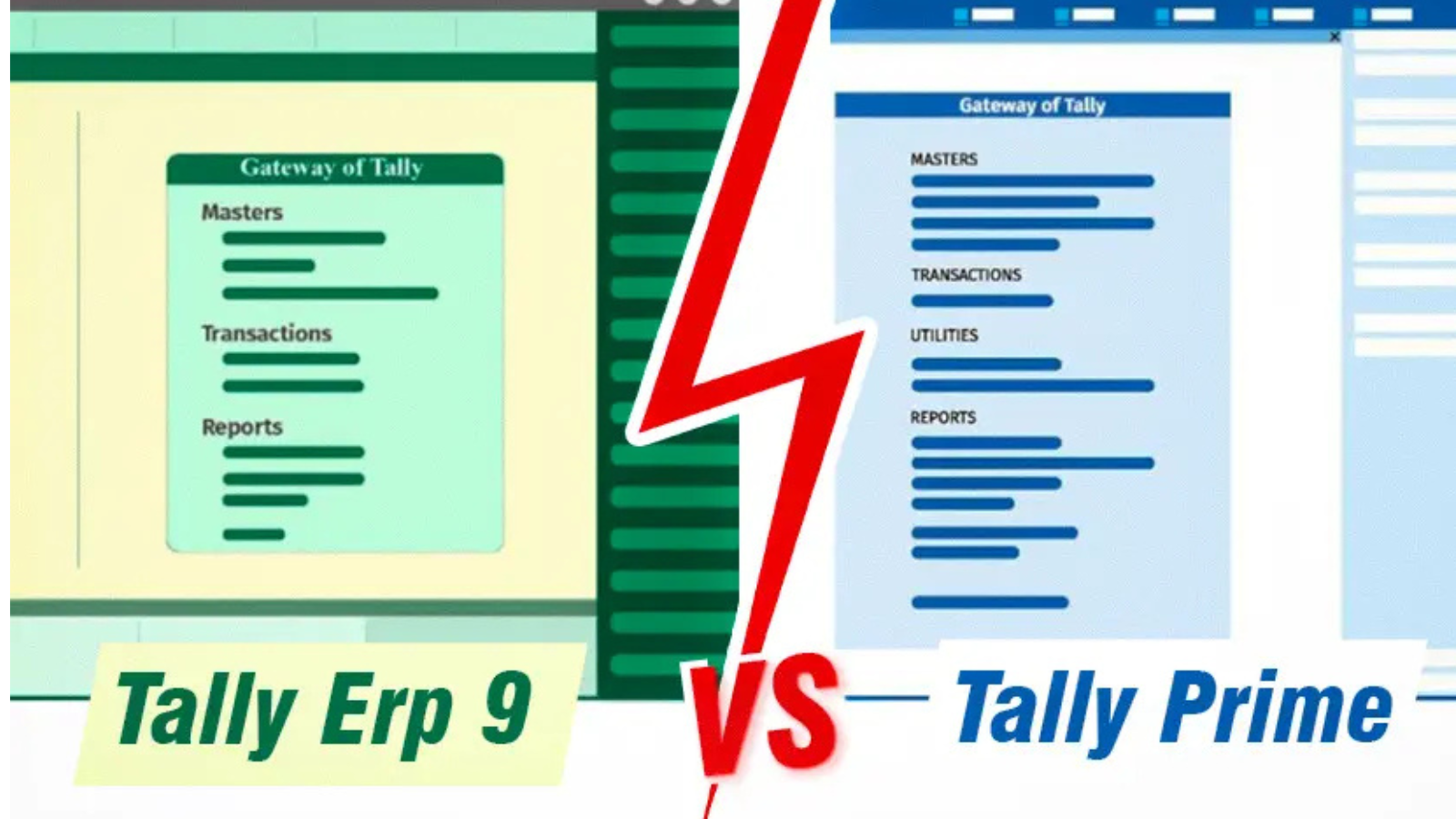API (Application Programming Interface) integration is a crucial concept in modern software development, enabling different applications to communicate and share data seamlessly.API Integration An Overview This process enhances the functionality of applications, allowing developers to build more powerful and versatile systems by leveraging external services. In this article, we will explore the basics of API integration, its benefits, common use cases, and best practices.
What is an API?
An API is a set of rules and protocols that allows one software application to interact with another. It defines the methods and data formats that applications can use to request and exchange information. APIs can be categorized into several types, including:
- Web APIs: Allow communication over the internet using HTTP/HTTPS protocols.
- Library APIs: Provide a set of functions and routines for programming languages.
- Operating System APIs: Enable applications to interact with the underlying operating system.
Types of APIs
- REST APIs (Representational State Transfer):
- RESTful APIs use standard HTTP methods (GET, POST, PUT, DELETE) to interact with resources. They are stateless and rely on URL endpoints to access data.
- Commonly used in web services for their simplicity and scalability.
- SOAP APIs (Simple Object Access Protocol):
- SOAP APIs use XML for message formatting and rely on HTTP or SMTP for message transmission. They are known for their strict standards and security features.
- Often used in enterprise applications where reliability and security are paramount.
- GraphQL APIs:
- GraphQL is a query language for APIs that allows clients to request only the data they need. This reduces the amount of data transferred and improves performance.
- Provides a more flexible and efficient alternative to REST APIs.
Benefits of API Integration
- Improved Efficiency:
- APIs automate repetitive tasks and facilitate real-time data sharing between applications, reducing manual intervention and errors.
- Enhanced Functionality:
- Developers can leverage third-party services (e.g., payment gateways, data analytics tools) to extend the functionality of their applications without building everything from scratch.
- Cost-Effectiveness:
- By utilizing existing APIs, businesses can save time and resources, focusing on core features rather than reinventing the wheel.
- Scalability:
- APIs enable applications to scale easily by allowing them to connect with various services and systems as needed.
- Faster Time to Market:
- With access to a wide range of pre-built functionalities, developers can bring their applications to market more quickly.
Common Use Cases for API Integration
- E-Commerce:
- Integrating payment gateways (e.g., PayPal, Stripe) to facilitate online transactions.
- Using shipping APIs to provide real-time shipping rates and tracking information.
- Social Media:
- Integrating social media platforms (e.g., Facebook, Twitter) for user authentication and content sharing.
- Utilizing social media APIs to analyze engagement metrics and user behavior.
- Data Sharing:
- Integrating with data providers (e.g., weather data, stock market feeds) to enrich applications with real-time information.
- Using APIs to synchronize data across multiple platforms (e.g., CRM systems, email marketing tools).
- Communication:
- Integrating messaging APIs (e.g., Twilio) to enable SMS notifications or chat functionalities within applications.
- Using video conferencing APIs (e.g., Zoom, Microsoft Teams) to incorporate video calls into applications.
Best Practices for API Integration
- Choose the Right API:
- Assess the API’s documentation, reliability, and community support before integration. Ensure it meets your application’s specific requirements.
- Implement Error Handling:
- Build robust error handling mechanisms to manage API errors gracefully. This includes handling rate limits, timeouts, and unexpected responses.
- Secure Your API Calls:
- Use authentication methods (e.g., API keys, OAuth) to protect sensitive data. Ensure that communication is conducted over secure channels (HTTPS).
- Monitor API Usage:
- Regularly monitor API usage and performance to identify issues and optimize integration. Use analytics tools to track response times and error rates.
- Document Your Integration:
- Maintain clear documentation of your API integration process for future reference. This helps team members understand the integration and troubleshoot issues.
- Keep Up with Changes:
- Stay informed about updates and changes to the APIs you are using. Regularly review the API documentation to ensure compatibility with your application.
Conclusion
API integration is a powerful tool that enables developers to enhance the capabilities of their applications by connecting with external services and systems. By understanding the types of APIs, their benefits, and best practices for integration, businesses can leverage this technology to create more efficient, scalable, and feature-rich applications. As the digital landscape continues to evolve, API integration will play an increasingly vital role in enabling seamless communication between applications and improving overall user experiences.










2 thoughts on “API Integration An Overview”